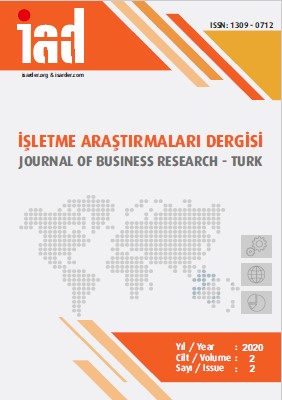Genelleştirilmiş Otoregresif Koşullu Değişen Varyans Modelleri İle Bitcoin Volatilitesinin Analizi
Analysis of Bitcoin Volatility with Generalized Autoregressive Conditional Heteroskedastic Models
Author(s): Yakup SÖYLEMEZSubject(s): Business Economy / Management, Methodology and research technology, Financial Markets, ICT Information and Communications Technologies
Published by: İşletme Araştırmaları Dergisi
Keywords: Bitcoin; Volatility; Asymmetric Volatility; GARCH; EGARCH;
Summary/Abstract: Purpose – In the last decade, digital innovations in the field of finance emerge mainly due to Blockchain technology. The most widely used product of Blockchain technology in the world is cryptocurrencies. Bitcoin draws attention to both market capitalization and transaction volume. The analysis of the volatility of Bitcoin has great significance both theoretically and practically. Therefore, the research aims to determine the most suitable volatility model in Bitcoin investment analysis and present a model suggestion that can be used for predicting the future. Design/methodology/approach – In this study, daily logarithmic return series between 29.04.2013-17.04.2019 are used to analyze Bitcoin volatility. While calculating the return series, daily closing prices of Bitcoin are based on. As a research method, generalized autoregressive conditional heteroskedastic (GARCH) models are tested. In this study, ARCH, GARCH, GJR / TARCH, EGARCH, APARCH, and CGARCH type models are compared for volatility modeling of Bitcoin logarithmic return series. Findings – The study found that the best method for the analysis of Bitcoin volatility is the EGARCH model. Another important finding of the study is that negative shocks are more effective on Bitcoin returns than positive shocks.
Journal: İşletme Araştırmaları Dergisi
- Issue Year: 12/2020
- Issue No: 2
- Page Range: 1322-1333
- Page Count: 12
- Language: Turkish

